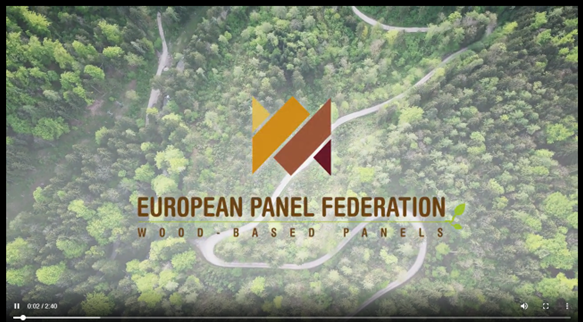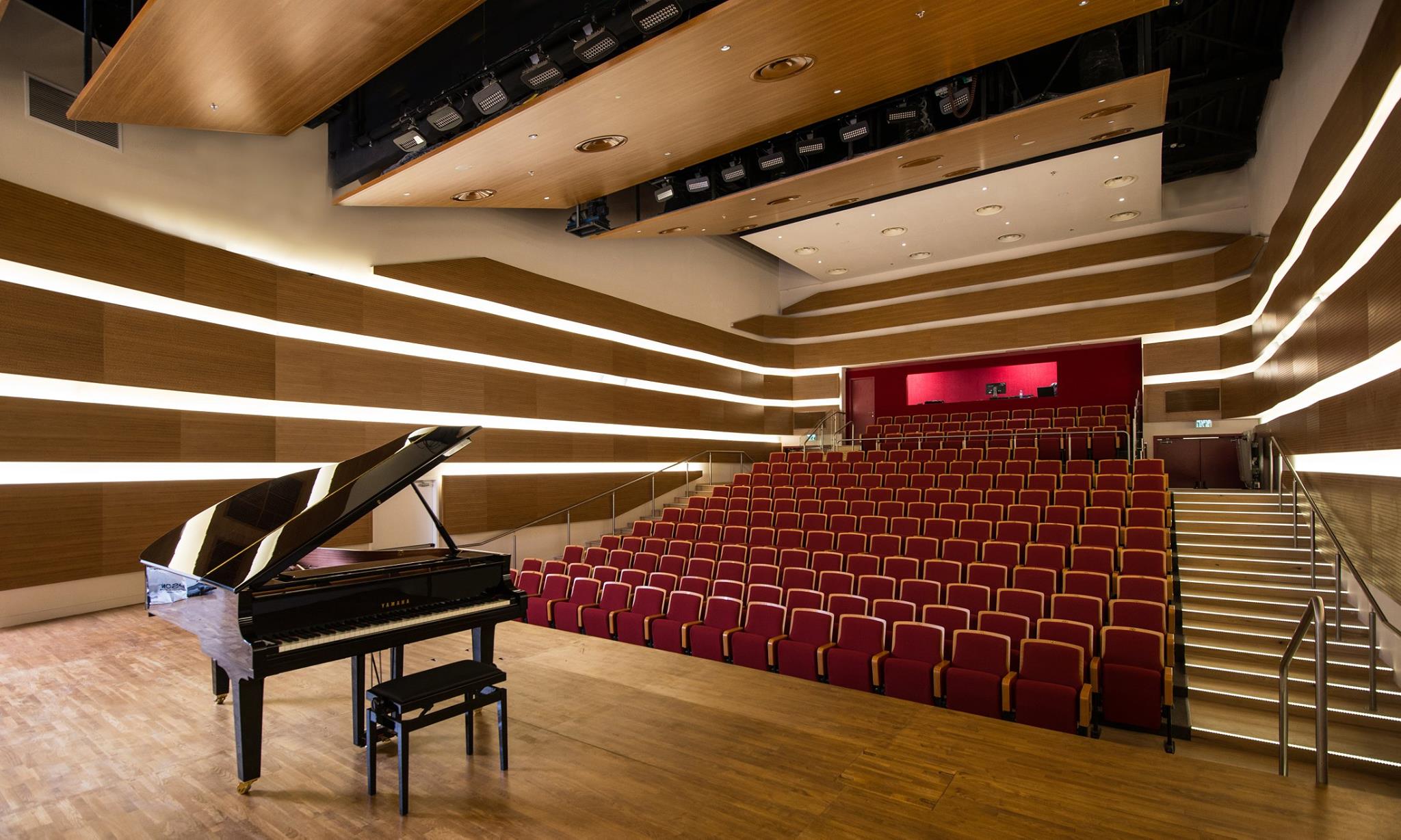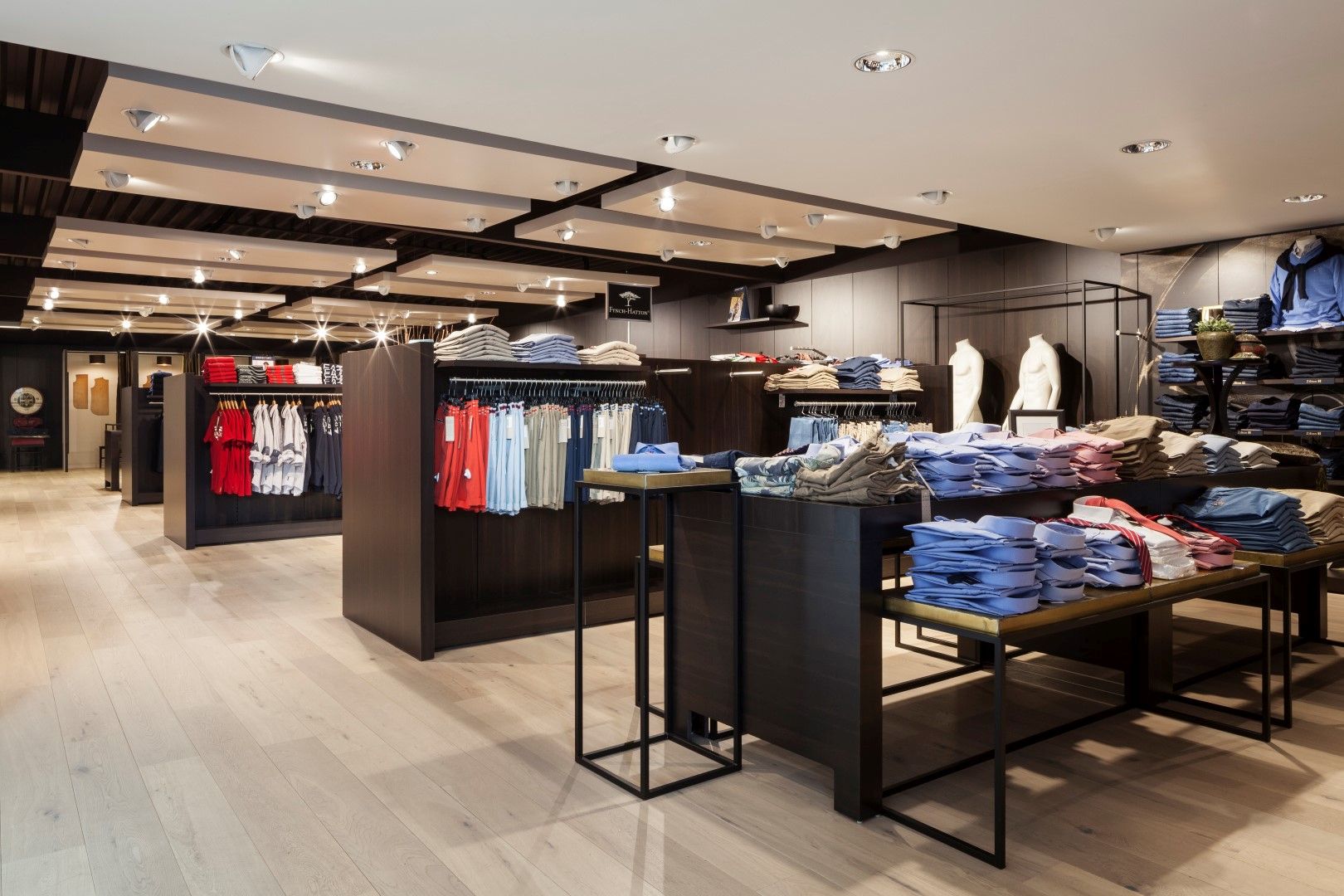Latest News
- PRESS RELEASE: 2024 European Wood-based Panel Symposium – Early bird registrations open until 2 August 2024 only. 27 September 2024 as final registration deadlineJuly 26, 2024
- PRESS RELEASE: EPF launches a self-commitment on MDF and Plywood RecyclabilityJune 27, 2024
- PRESS RELEASE: EPF AGM 2024 in RigaJune 25, 2024
- PRESS RELEASE: EPF releases its Annual Report 2023-2024June 24, 2024
- PRESS RELEASE: Unilin Pilot Plant and innovative technology herald new level of recyclability for laminate flooringJune 7, 2024
- PRESS RELEASE: 2024 European Wood-based Panel Symposium releases its ProgrammeJune 3, 2024
- PRESS RELEASE: Pablo Figueroa López Succeeds Martin Brettenthaler as Chairman of the European Panel FederationMarch 21, 2024
- EPF Managing Board Member Rui Correia meets Green Deal chief Maroš ŠefčovičMarch 14, 2024
Events
- EPF AGM in Riga, Latvia, 19-21 June 2024June 27, 2024
- Save the date: 13th European Wood-based Panel Symposium, 9-11 October 2024October 27, 2023
- New European Bauhaus, central theme @ EPF AGM – ReportJuly 7, 2023
- EPF presents key results and 5 advocacy highlights @ AGM, Santiago de CompostelaJune 23, 2023
- 🎥 Commissioner Elisa Ferreira applauds EPF’s commitment to becoming a Role Model IndustryJune 23, 2023
Videos
Publications
- NEW EPF Annual Report 2023-2024 [Table of contents] [Order Form]
- NEW Circular Choices for a competitive EU Bioeconomy: Growing a circular future [Executive Summary] [Full Version]
- NEW FactSheet: EPFs 5 Strategic Directions
- EPF Advocacy Leaflet
- EU Forest-based Industries 2050 : How Storage, Sequestration and Substitution (the 3S framework) make a positive climate contribution equivalent to 20% of all EU fossil emission
- EU Forest-Based Industries 2050: a Vision of sustainable choices for a climate-friendly future [Vision 2050] [ FBI Vision 2050 Full]
- Action Guide on Formaldehyde signed on 28 Nov 2018 in Lisbon
4 highlight projects
Wood-based panel industry in Europe
What is a wood-based panel?
Wood-based panels combine wood in different forms (fibres, sawdust, chips, flakes and veneers) into sheets of differing thicknesses and constructions. Formed under heat and pressure typically with the addition of a synthetic adhesive (some fibreboard products utilise the natural binders found within wood), panels are engineered to provide a wide variety of strength and other physical attributes that enable them to satisfy a wide variety of end uses particularly in the building products and furniture industries.
The broad categories of wood-based panels manufactured by European Panel Federation members include:
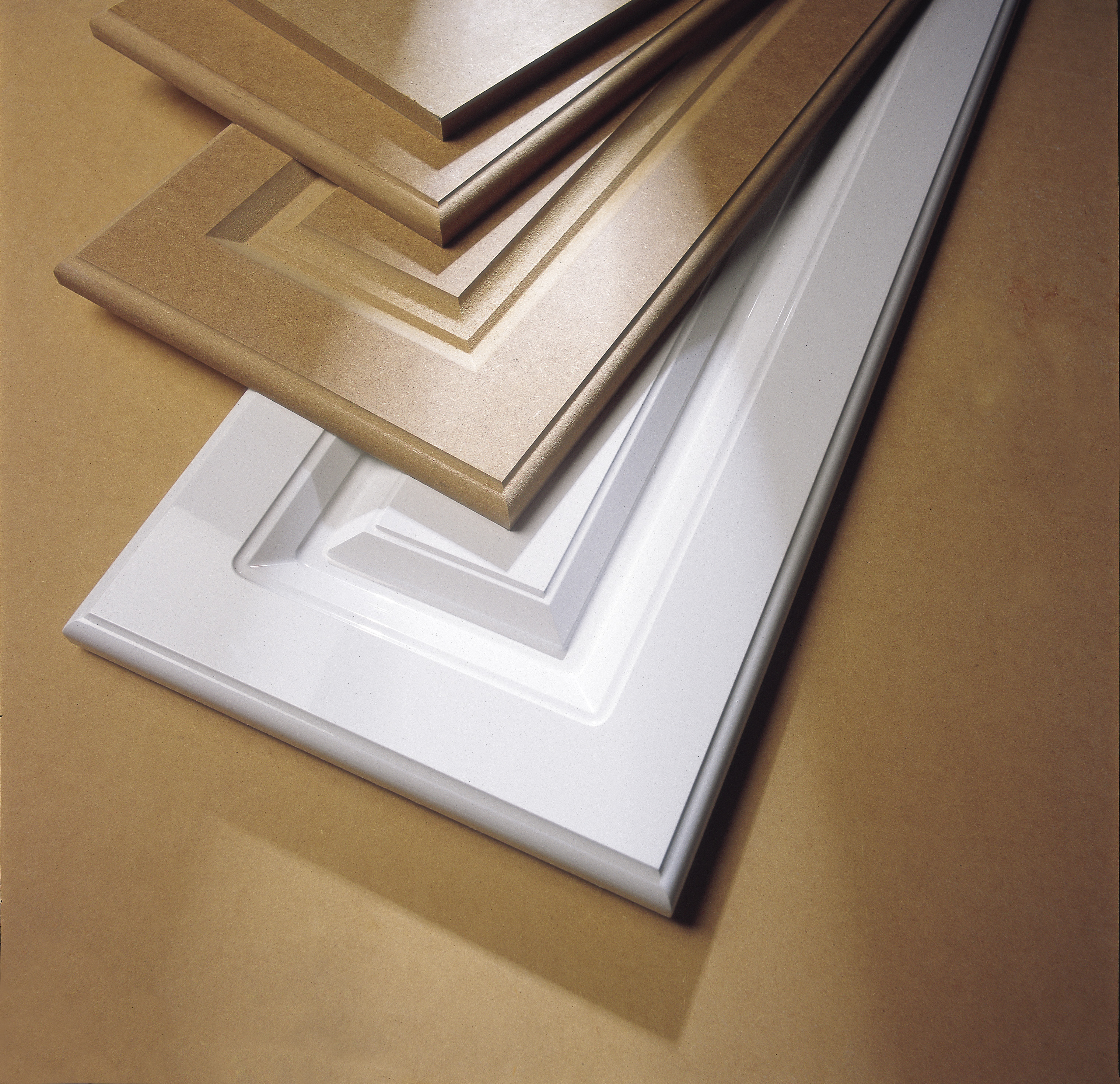

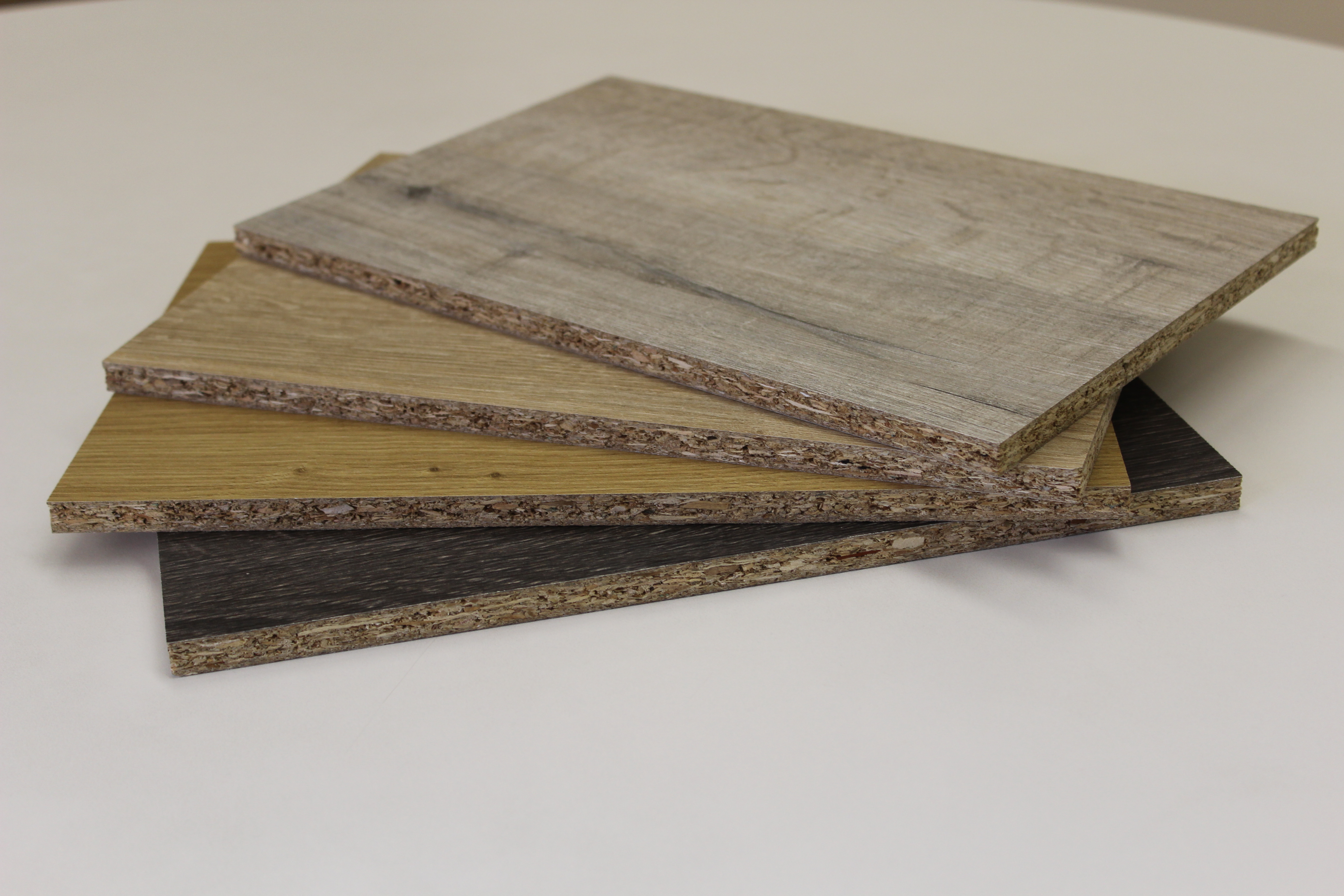
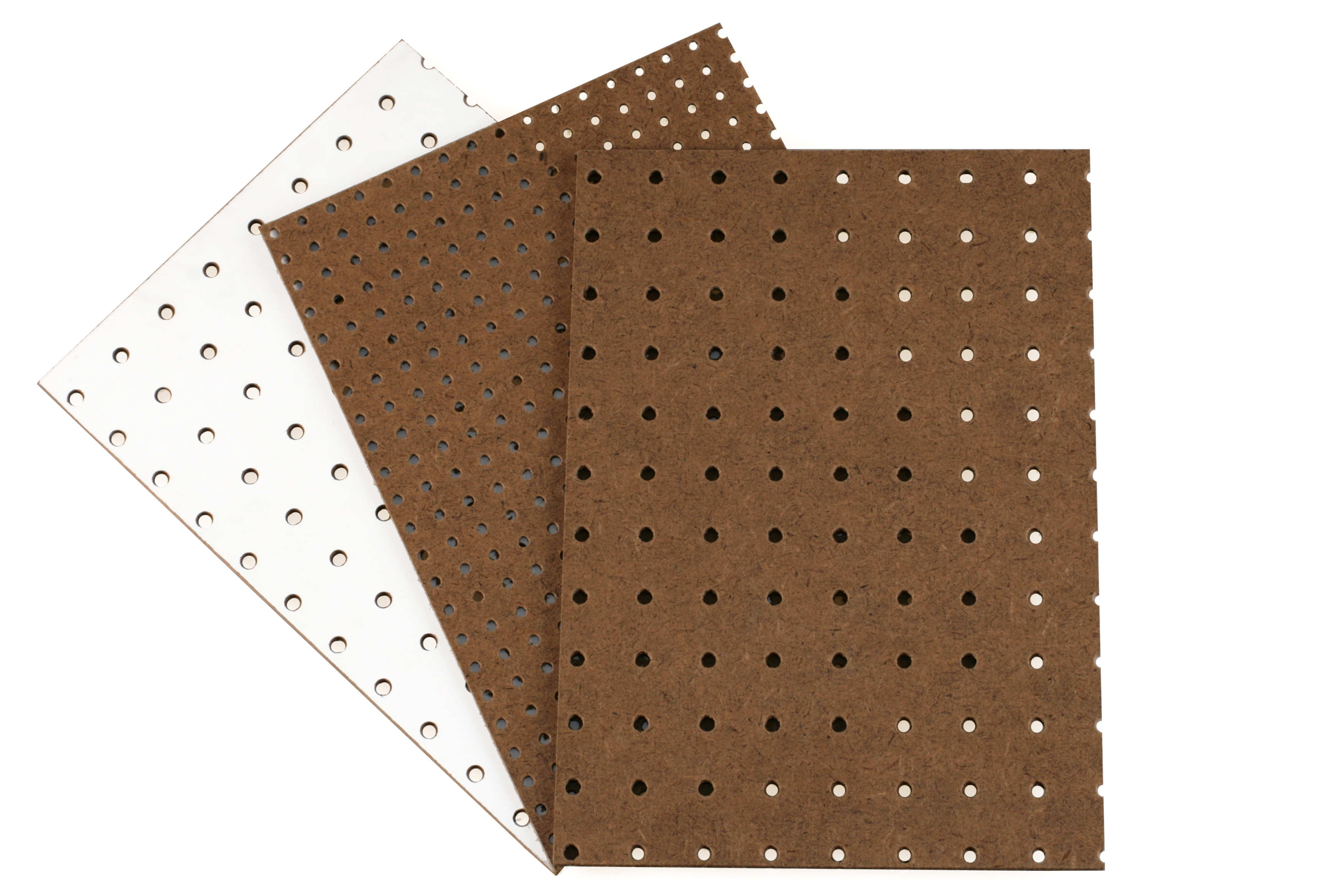
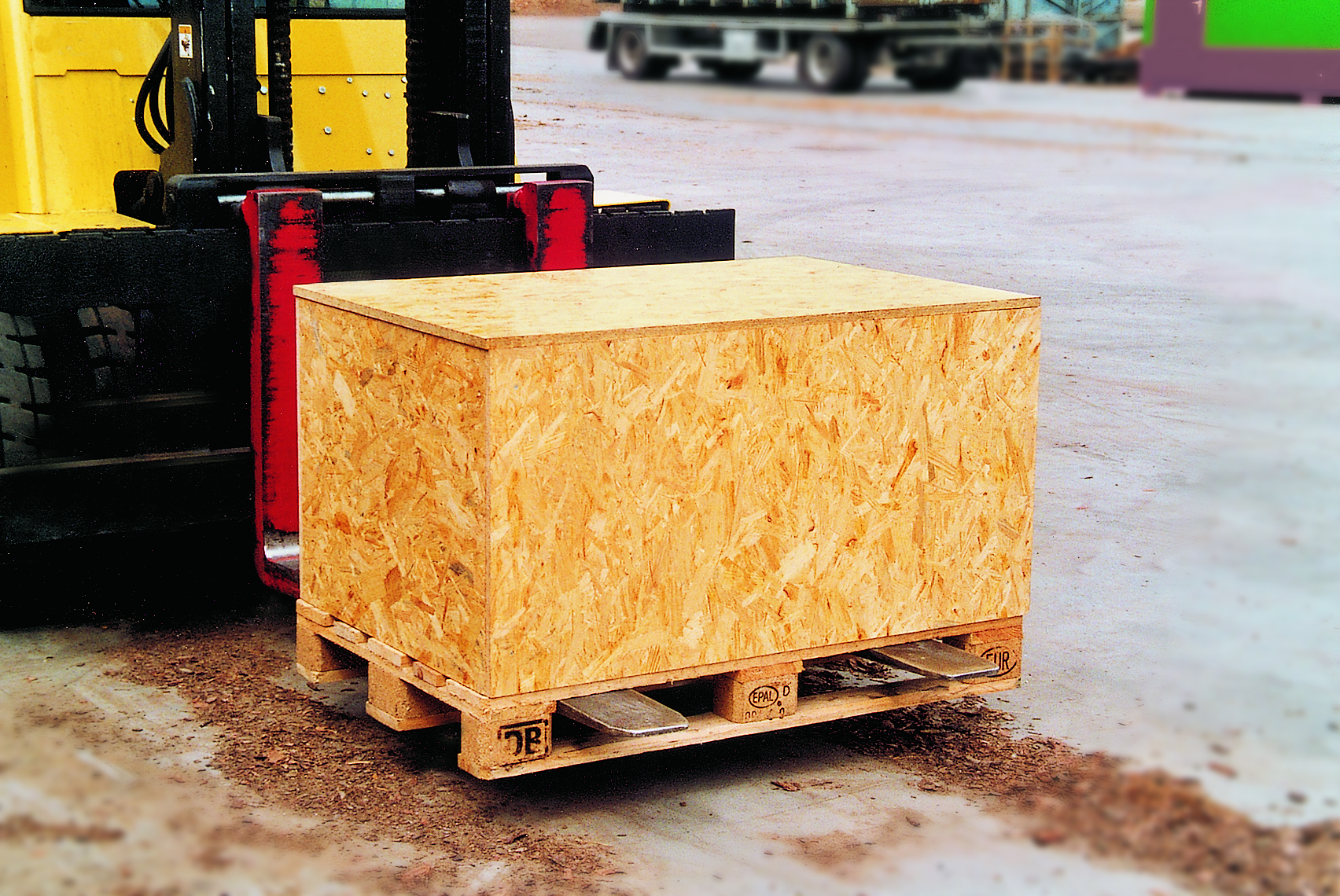

Within these broad categories, there are a multitude of value added variants available with enhanced characteristics which is why today wood-based panels are used extensively in the home, in modern furniture and in construction. Although often hidden beneath coatings, veneers and other coverings, or embedded in the structural fabric of a building, wood-based panels are ubiquitous in our society.



